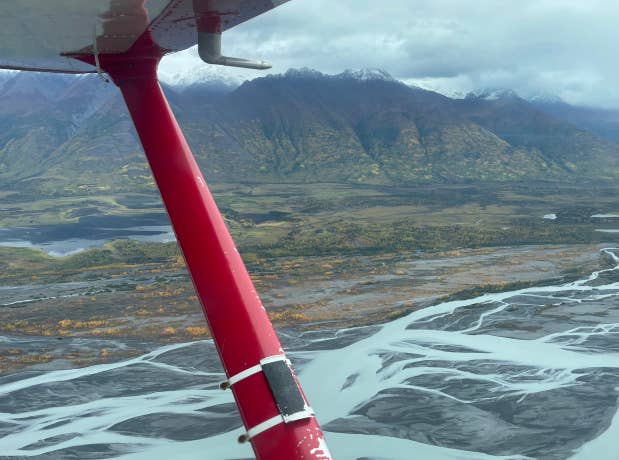
The National Transportation Safety Board’s preliminary briefing surrounding the uncontained engine failure aboard an American Airlines Boeing 767 at Chicago O’Hare International Airport (ORD) last Friday included the basic facts of the harrowing and potentially catastrophic event.
Early in the takeoff roll on the 13,000-foot-long Runway 28R, a stage-two high-pressure turbine disk in the Boeing’s GE CF6-80 engine on the right side of the airplane failed. The pilots were able to stop the jetliner with 3,000 feet of runway remaining, and all 161 passengers and nine crewmembers escaped the aircraft. Despite the eruption of an intense fire that engulfed the right wing, 20 people were transported to local hospitals, but all suffered only minor injuries and were later released.
Had the engine failure occurred after takeoff, the outcome could have been much worse. And it’s lucky debris from the exploding engine didn’t strike other nearby aircraft.
Although most turbine engines, including the CF6, are certified to prevent parts from flying everywhere during a failure, it appears likely that pieces of the stage-two disk blew through the wing, igniting the fire from leaking fuel on the 767’s right side. Another disk fragment was later found in the grass near a taxiway intersection a quarter mile from the airplane. A critical issue in the incident is that a disk fragment was also found embedded in the wall of a UPS warehouse on the south side of the airport more than a half mile away.
Keeping in mind that the engines rotate clockwise, if an observer were standing behind the airplane, the disk projectile must have traveled underneath the Boeing to reach the one-story UPS warehouse. That means the CF6 disk fragment, now a high-speed projectile, crossed both Runway 28 Center and Taxiway Papa before striking the structure, both of which were active at the time of the engine explosion.
Had an aircraft been landing on Runway 28 Center, or taxiing along the Papa taxiway, the disk fragment could have struck it like a missile, causing potentially catastrophic damage, including serious loss of life.
The NTSB shipped the disk fragments recovered at ORD to the Board’s Materials Lab in Washington for examination, along with the flight data and cockpit voice recorders. The actual CF6 engine will be shipped back to GE’s jet engine facility for teardown.

Sign-up for newsletters & special offers!
Get the latest FLYING stories & special offers delivered directly to your inbox






